
How to Explain Your AI Content Marketing Tool to Non-Technical Audiences
You built something extraordinary. A tool with the power to simplify, accelerate, and enhance how businesses approach content marketing through AI. But here’s the catch: most of your audience won’t understand what it does. Not because they’re not intelligent, but because they’re not technical.
And when your audience doesn’t understand, they don’t trust. When they don’t trust, they don’t buy.
Your ability to explain your product clearly is as valuable as the product itself. Especially when your buyers care more about what it solves than how it works. You don’t need to sound smarter. You need to sound clearer.
In this guide, I’ll help you bridge the communication gap. Because AI for non-technical users isn’t about simplifying the tech; it’s about elevating the message.
Why Communicating AI Clearly Matters More Than Ever
Before we explore how to explain your AI tool, let’s first understand why it matters. The market is rapidly adopting AI across every department—from marketing to operations. But adoption alone doesn’t equal comprehension.

The Cost of Confusion
AI is here. Not just in the headlines, but in workflows, dashboards, and decisions. Many executives agree that AI will soon be integrated into all business applications. Yet, more than half of non-technical decision-makers admit they don’t understand how AI actually works.
That disconnect creates hesitation. It slows buying decisions and undermines trust. If someone doesn’t feel confident in what they’re investing in, they’ll walk away—even if your tool is objectively the best solution.
The Opportunity in Clarity
Clear communication is how your tool becomes the obvious choice. Communicating AI benefits isn’t about technical depth. It’s about aligning AI with what your audience already cares about: better results, faster work, and measurable ROI.
When you simplify your message, you don’t dilute your value; you increase your reach.
Know Your Audience: Who Are You Really Talking To?
Your product wasn’t designed for engineers alone. It’s likely intended for marketers, content strategists, or founders juggling multiple roles. They are bright, strategic, and driven, but not technical.
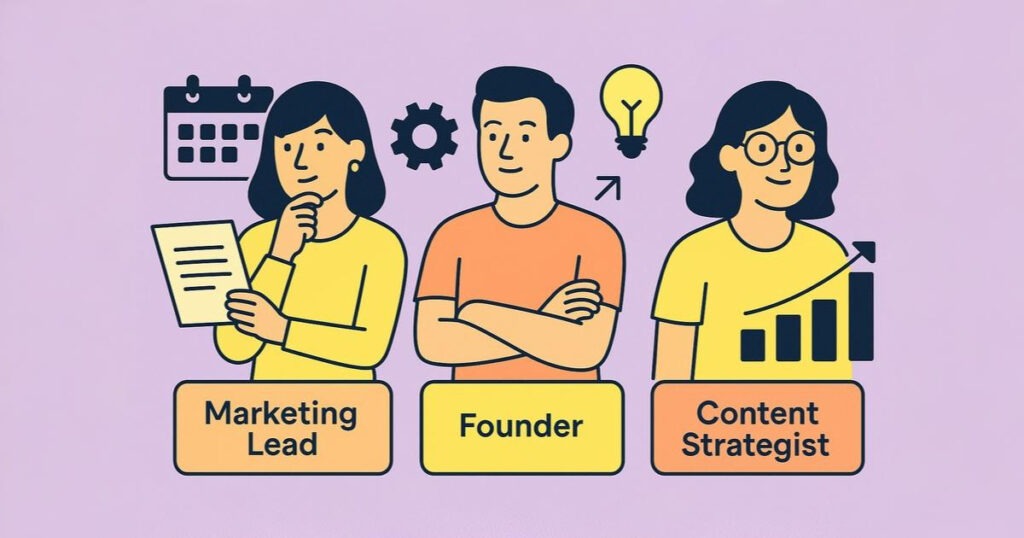
Understanding Real User Needs
Not everyone you pitch to is reading industry papers on neural networks. In fact, most aren’t. Your real audience is likely someone focused on KPIs, deadlines, and client expectations. Their main goal is to achieve results without needing a crash course in machine learning.
They want to publish more content in less time. They want higher engagement, clearer messaging, and measurable growth. They don’t want to debug a predictive model or understand NLP pipelines. This is why mastering AI for non-technical users starts with empathy.
Empathy over Expertise
Speak to their pain points, not your platform. Speak to their desired outcomes, not your product roadmap. When you do, they’ll lean in. Because they’ll feel like you’re offering help, not homework.
Position yourself as a problem-solver, not a data scientist. That’s how you build trust and inspire action.
Start With the Problem, Not the Technology
Excellent communication always starts with what matters most to your audience. And what matters is the problem they’re facing right now, not the tech you’ve built to fix it.
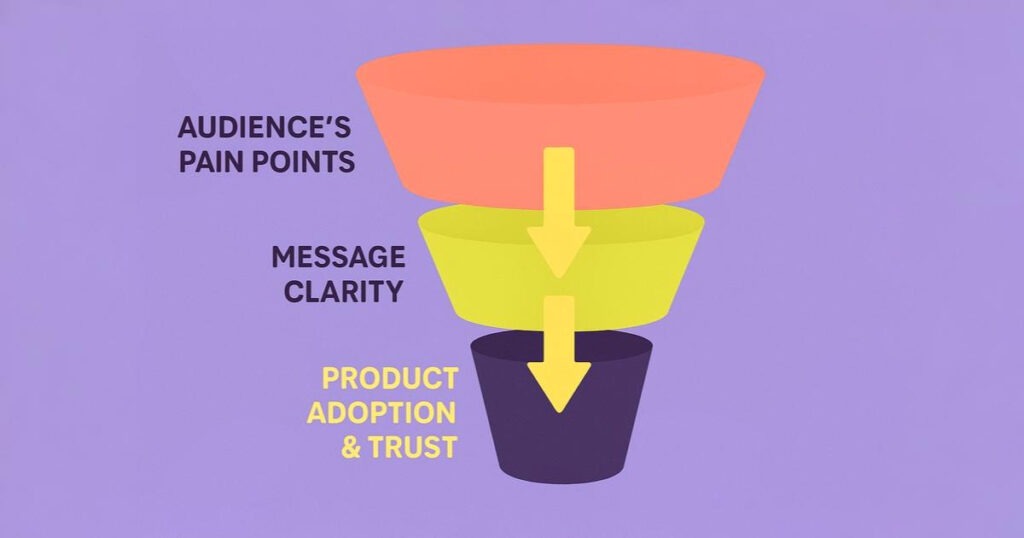
How to Anchor Your Message in Pain Points
Every successful pitch starts with a clear problem. Not a demo, not a dashboard, and definitely not a data model. If your prospect doesn’t first connect with the problem, they won’t care about your solution.
When you begin with their reality, you create instant relevance. This is the foundation of effective AI tool presentation.
Shift from Product to Progress
Introduce your solution as the bridge to a better outcome. Say less about how it works and more about how life looks after using it. Instead of highlighting algorithms, show them how they can scale their content creation without scaling their team.
When you present your tool as the means to a clear, desired result, the tech becomes the trusted vehicle, not the obstacle.
Simplifying AI Concepts Without Dumbing Them Down
Now that you’ve captured their attention, how do you describe the AI itself in a way that resonates?
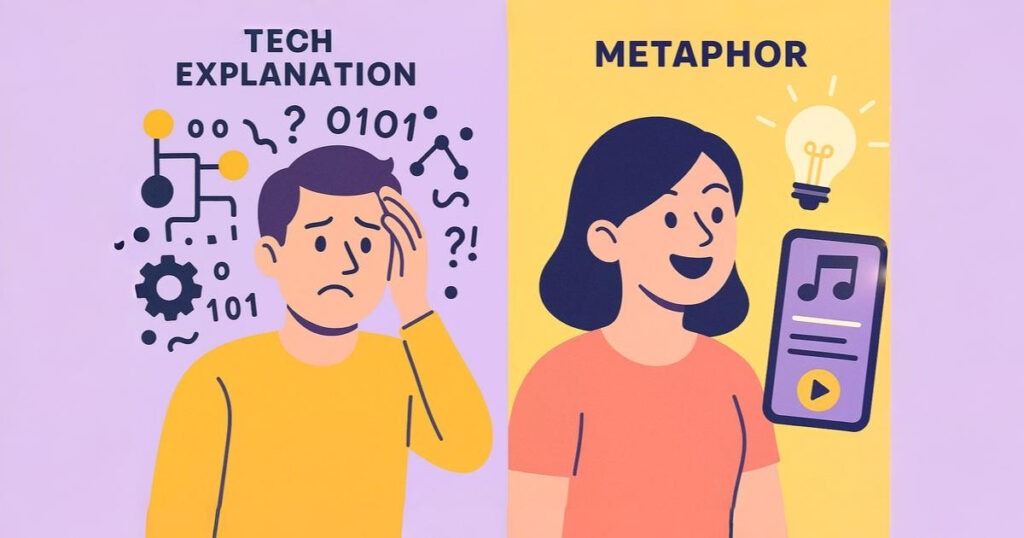
Make the Complex Feel Familiar
Your audience isn’t afraid of complexity—they’re just tired. They’re managing timelines, budgets, and expectations. They don’t have time to decode machine learning terms. So use metaphors, relatable comparisons, and plain language.
Explain machine learning as a tool that learns from patterns, just like a Spotify playlist that gets smarter over time. Explain NLP as the brain that understands content the way a human would.
Simplifying AI concepts doesn’t mean talking down. It means inviting people in. When your language feels familiar, it removes resistance.
Replace Jargon with Relevance
The best explanations make the listener feel smarter, not lost. Drop terms like “vectorization” unless you absolutely need them. Instead, say: “Our tool learns what content performs best and suggests similar topics.”
That’s the language of relevance. And relevance earns attention.
Framing the Benefits: What’s In It for Them?
You’ve clarified what your tool is and how it works. Now, it’s time to focus on the impact—what your tool helps your users accomplish.
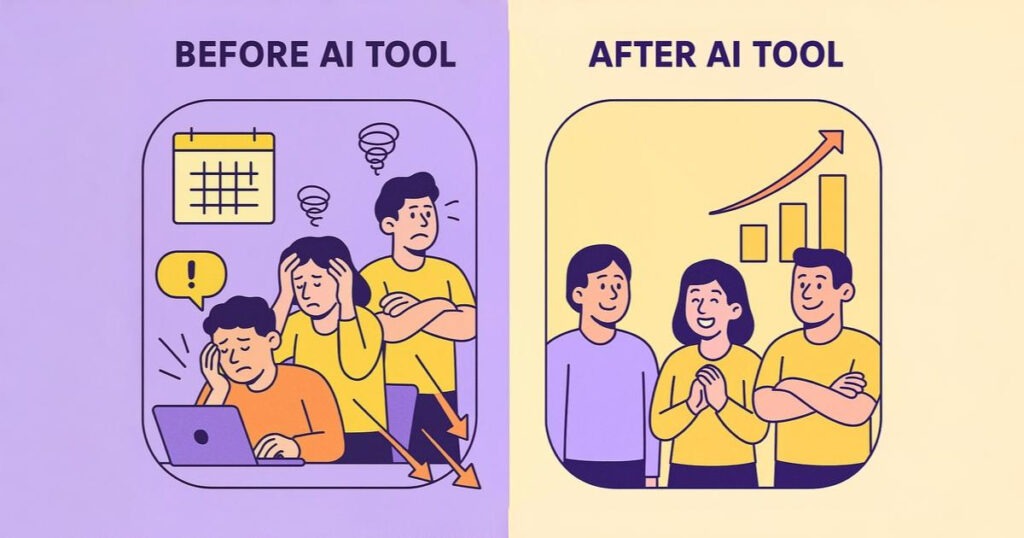
From Features to Outcomes
This is the moment where communicating AI benefits becomes essential. Don’t focus on internal workings. Focus on external wins.
Instead of saying, “We use NLP to analyze content tone,” say, “We help you publish content that feels human, polished, and persuasive.” That’s a benefit. That’s a result your users can feel.
A recent finding showed that when features are reframed as business outcomes, buyers are more likely to take action.
Make It Tangible
They want to know if it’ll save them hours each week. They want to know if they’ll see higher engagement. They want to know if your AI tool will get them results without needing to become a data scientist.
So paint that picture for them. Help them see what their life will look like after they’ve integrated your solution.
Show, Don’t Tell: Visualizing Your AI Tool in Action
Sometimes words just aren’t enough. Especially when trying to illustrate something abstract like AI functionality.
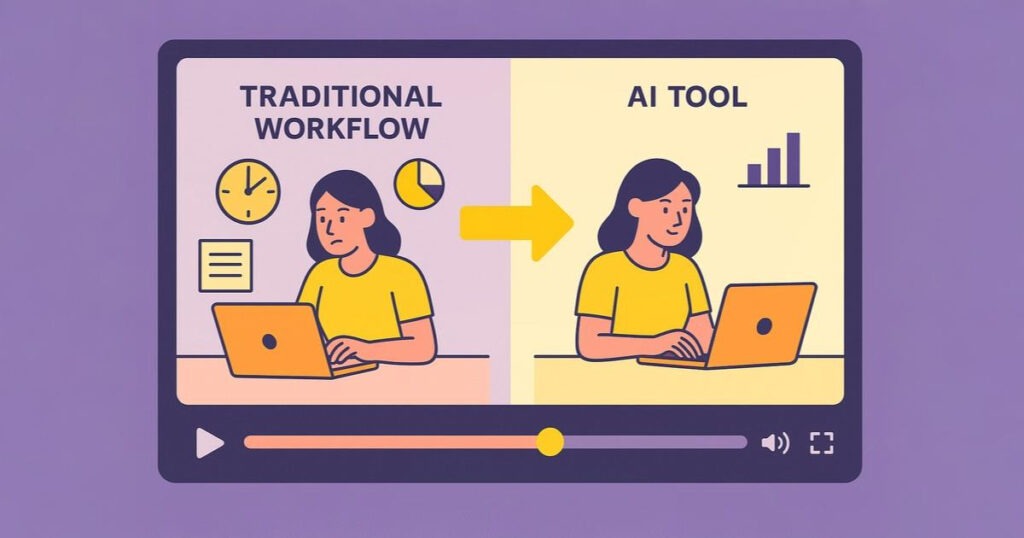
Demonstration over Description
People process visuals way faster than text. That’s why showing your AI tool in action is often the game-changer. Whether it’s through a quick walkthrough, a screen capture, or a side-by-side comparison, let them see what they’re getting.
Effective AI tool presentation isn’t about being flashy. It’s about being relatable. Use a live example to walk them through a task their team does every day. Then show how your tool does it better, faster, and with less effort.
Let Them Experience the Transformation
When someone sees their problem being solved in real time, they feel hope. Hope becomes belief. Belief becomes action.
So make it visual. Make it simple. And most importantly, make it focused on their pain, not your product’s complexity.
Language That Connects: How to Sound Smart Without Sounding Complicated
This is where your brand voice plays its most important role. The way you describe your product is just as important as what you say.
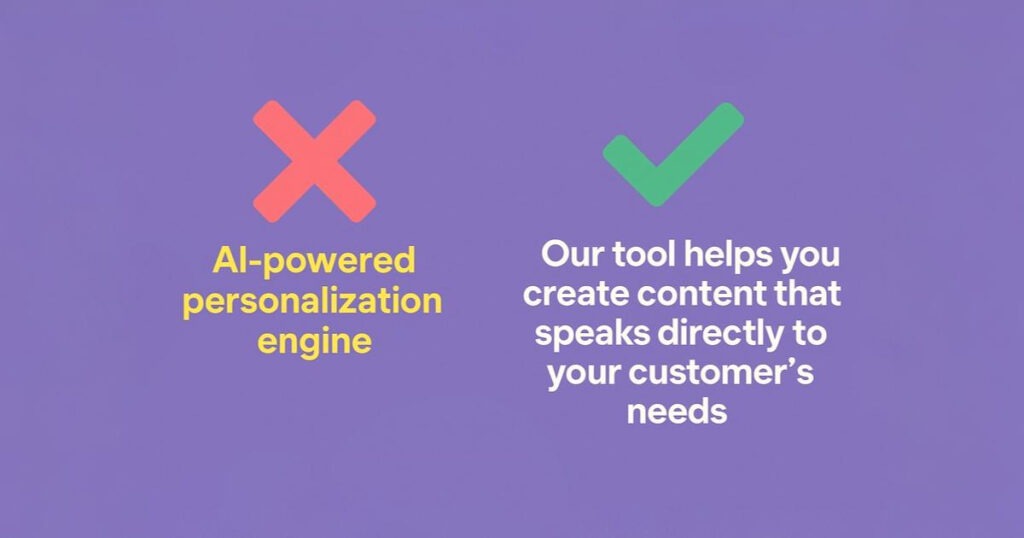
Be Clear, Not Clever
Good messaging doesn’t try to impress. It tries to connect. When you’re speaking to non-technical buyers, clarity becomes your most valuable asset.
Avoid buzzwords. Use people-first phrasing. Instead of “AI-powered personalization engine,” say, “Our tool helps you create content that speaks directly to your customer’s needs.”
Practice Smart Simplicity
The key to explaining AI to non-technical people lies in tone. You’re not simplifying because your audience isn’t smart; you’re simplifying because they’re human.
Confidence, warmth, and precision create trust. And trust creates sales.
Training Your Team to Communicate AI Effectively
It’s one thing to craft great messaging. It’s another to ensure your entire team can deliver it consistently.
Consistency Creates Confidence
Every conversation, from sales to support, should reinforce the same core value. This means training everyone on how to present AI tools to clients in a unified way.
Use internal playbooks. Share scripts. Conduct roleplays. Teach them to lead with outcomes, not outputs.
Your Team Is Your Brand’s Voice
Messaging is not a marketing department job. It’s a company-wide muscle. And when everyone can confidently explain your AI tool in plain, powerful language, you scale trust at every touchpoint.
A well-aligned team doesn’t just sell better. They retain better, upsell better, and grow stronger relationships across every stage of the customer journey.
Common Mistakes to Avoid When Presenting AI Tools
No matter how smart your team or how strong your product, there are a few traps I’ve seen far too often.
Don’t Lead with Tech
The worst mistake teams make is opening their pitch with the tech stack. You’ve immediately lost half the room.
Start with the problem. Then move to the result. If they’re curious about the tech after that, they’ll ask.
Don’t Assume They Know
You’ve lived and breathed your product. Your audience hasn’t. That means acronyms, technical terms, and feature names are not intuitive to them.
They need you to explain it like it’s the first time—because it probably is.
Don’t Overcomplicate
You don’t win trust by overwhelming your audience with specs. You win trust by making them feel smarter for understanding what your product does.
FAQs: How to Explain AI Tools to Non-Technical People
Even with a strong message, you’ll still face questions. And that’s a good thing. Curiosity means they’re engaged. Below are some of the most common questions I get when helping teams explain AI tools to non-technical decision-makers.
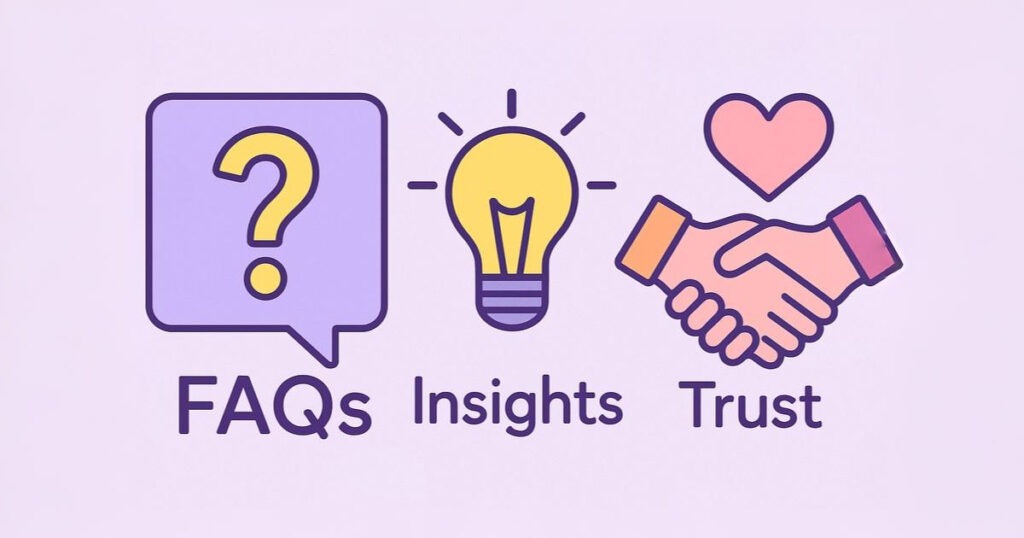
What’s the best way to introduce AI to someone who’s not technical?
Start by identifying a common problem they deal with, then describe how your AI tool solves that problem more efficiently. Avoid talking about the technology upfront.
Do I need to explain how AI actually works?
Only if they ask. Most non-technical users care more about outcomes than architecture. Focus on results unless technical depth is requested.
What’s the simplest way to describe artificial intelligence?
AI is software that learns from data and performs tasks automatically, so your team doesn’t have to do it manually.
How can I keep my messaging from sounding overly technical?
Use plain language. Replace jargon with relatable metaphors or real-life examples. Speak like a partner, not a professor.
Why do non-technical clients care more about value than features?
Because their goal isn’t to understand your product—it’s to solve their problem. Value-focused messaging shows them how your tool gets them results faster.
Speak to Belief, Not Just Logic
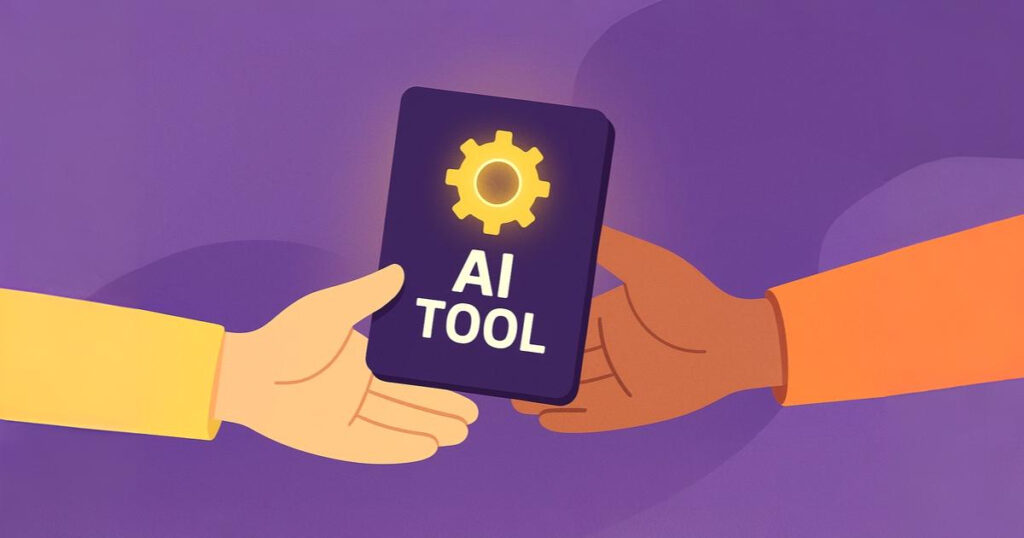
You don’t need to teach your audience artificial intelligence. You need to help them trust what it can do for them.
That’s the essence of AI for non-technical users—offering clarity, not complexity. Confidence, not confusion. It’s not about minimizing what your tool does. It’s about maximizing how clearly its value is communicated.
So the next time someone says, “I don’t get it,” don’t repeat the tech. Rethink the message.
Because your AI tool doesn’t need more features to sell, it needs the right story.
Are you ready to make your audience believe in your product? Let’s craft content that speaks with impact and sells with clarity.
